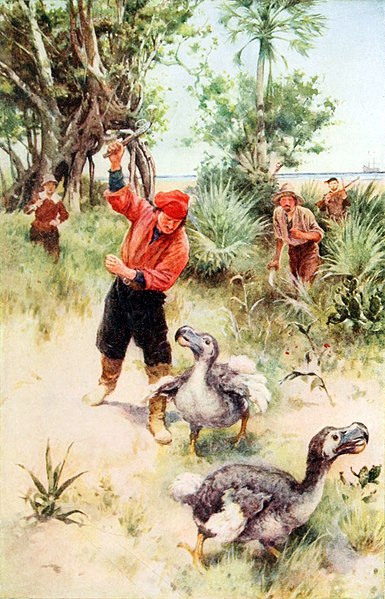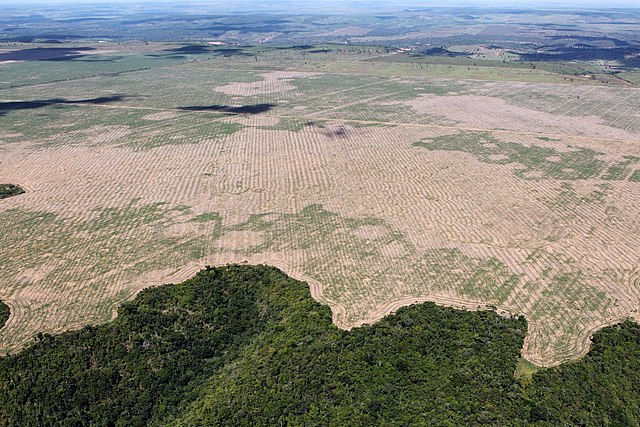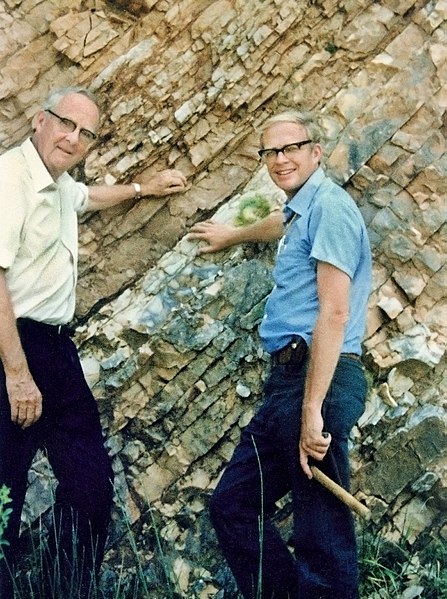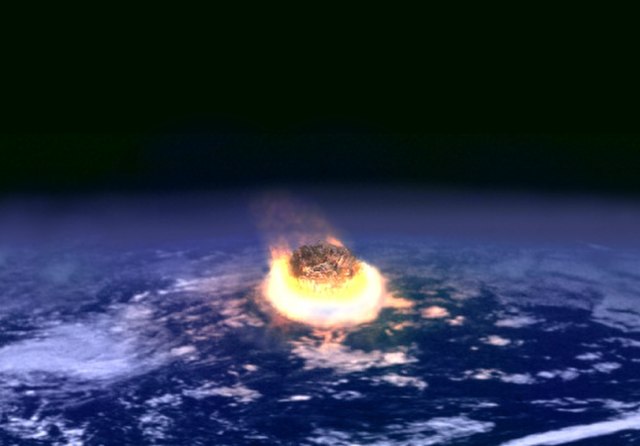The Holocene extinction, or Anthropocene extinction, is the ongoing extinction event caused by humans during the Holocene epoch. These extinctions span numerous families of plants and animals, including mammals, birds, reptiles, amphibians, fish, and invertebrates, and affecting not just terrestrial species but also large sectors of marine life. With widespread degradation of biodiversity hotspots, such as coral reefs and rainforests, as well as other areas, the vast majority of these extinctions are thought to be undocumented, as the species are undiscovered at the time of their extinction, which goes unrecorded. The current rate of extinction of species is estimated at 100 to 1,000 times higher than natural background extinction rates and is increasing. During the past 100–200 years, biodiversity loss and species extinction have accelerated, to the point that most conservation biologists now believe that human activity has either produced a period of mass extinction, or is on the cusp of doing so. As such, after the "Big Five" mass extinctions, the Holocene extinction event has also been referred to as the sixth mass extinction or sixth extinction; given the recent recognition of the Capitanian mass extinction, the term seventh mass extinction has also been proposed for the Holocene extinction event.

The dodo became extinct during the mid-to-late 17th century due to habitat destruction, overhunting, and predation by introduced mammals. It is an often-cited example of a modern extinction.
The moa went extinct in New Zealand in the 1400s due to overhunting. Prior to the arrival of the Maori a hundred years earlier, New Zealand was uninhabited by humans.
A diagram showing the ecological processes of coral reefs before and during the Anthropocene
Deforestation in the Maranhão state, Brazil, in July 2016
An extinction event is a widespread and rapid decrease in the biodiversity on Earth. Such an event is identified by a sharp fall in the diversity and abundance of multicellular organisms. It occurs when the rate of extinction increases with respect to the background extinction rate and the rate of speciation. Estimates of the number of major mass extinctions in the last 540 million years range from as few as five to more than twenty. These differences stem from disagreement as to what constitutes a "major" extinction event, and the data chosen to measure past diversity.
Trilobites were highly successful marine animals until the Permian–Triassic extinction event wiped them all out.
Badlands near Drumheller, Alberta, where erosion has exposed the Cretaceous–Paleogene boundary.
Luis (left) and Walter Alvarez (right) at the K-Pg boundary in Gubbio, Italy in 1981. This team discovered geological evidence for an asteroid impact causing the K-Pg extinction, spurring a wave of public and scientific interest in mass extinctions and their causes
An artist's rendering of an asteroid a few kilometers across colliding with the Earth. Such an impact can release the equivalent energy of several million nuclear weapons detonating simultaneously.








